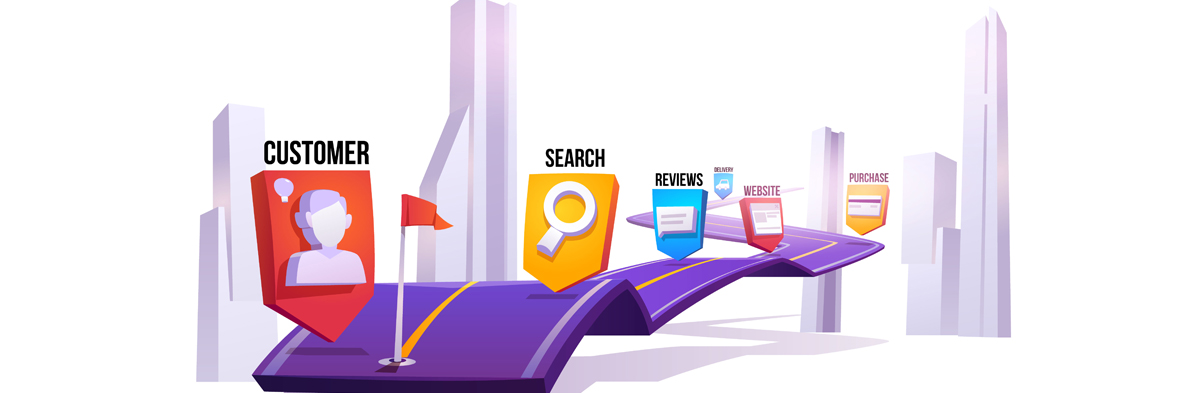
February 19th, 2021
A typical B2B buying journey involves six to 10 decision makers‚ each armed with four or five pieces of information they’ve gathered independently and must deconflict with the group. This is made even more complex by considerations like new technologies, products, suppliers, and services.
Considering these dynamics, the buying journey is increasingly difficult for customers. All of this looping around means that buyers value you more if you can make it easier for them to navigate the purchase process. Here are some things to consider in realigning your strategies.
Instead of dumping yet even more information into customer interactions, focus on helping them sort through information already available — acting as a kind of “information connector” to provide the frameworks and tools they need to efficiently organize and align their thinking. This has a direct impact on driving purchase ease, an outcome that customers will reward with bigger, higher-value deals accompanied by far less purchase regret. In fact, providing customers with information specifically designed to help them advance their purchase has the single biggest impact on driving deal quality.
For the buying journey, it would look a lot less like a step-by-step linear process and lot more like a complex, intricate environment filled with moments of looping, revisiting or re-evaluation. In that respect, B2B buying is far less about progressing through a funnel and far more about completing a diverse set of tasks. And the actual purchase decision doesn’t happen until all tasks are considered complete at the same time.
Customers are no longer demonstrating particular preference for one channel over another when completing the buying journey. Instead, they are largely channel-agnostic when seeking the information they need to get a job done. As a result, sales reps are no longer the channel to customers, but simply a channel, and alignment across in-person and digital channels is crucial for supporting customers in the way they actually buy. Helping B2B buyers buy isn’t a sales problem, it’s an information problem. If you want to drive growth, you will have to solve first for information quality rather than individual skill.
Customers are inherently skeptical of a sales rep trying to sell them something. This skepticism results in customers being less likely to buy when they feel that the sales rep didn’t disclose all relevant information or if they are skeptical of the rep’s claims. That said, sales reps need a new strategy to engage customers--one that focuses less on the brand and more on how the customer perceives the sales rep in helping them make a confident decision.
Most sales and marketing teams are organized in this way: Marketing is charged with generating and nurturing demand early through certain channels before handing off the most qualified of opportunities to sales for in-person pursuit. First marketing, then sales. First digital, then in-person. However, considering that customers don’t buy in a linear fashion and that they use both digital and in-person channels with near equal frequency, there should no longer be handoff from marketing to sales (or digital to in-person). It’s a parallel process, not a serial one. You must realign both organizational structures and functional activity to more closely map to actual buying behavior. Ensure tight alignment of information across multiple channels to guarantee both consistency and maximum support for the buying journey.
How are you realigning your internal infrastructure to cater to the changing needs of your customers?